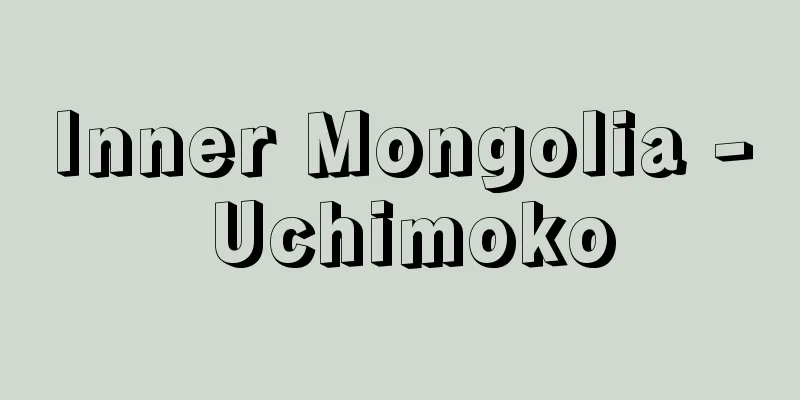Ishinho - Ishinho
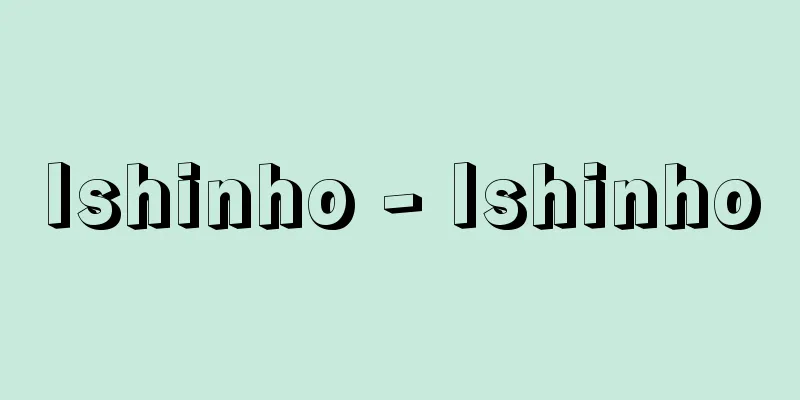
|
The oldest surviving medical book in Japan. It was presented to Emperor Enyu in 984 (Eikan 2) by the physician Tamba Yasuyori in the mid-Heian period. It consists of 30 volumes. Its contents cover all aspects of medicine, including health care and the home. It is composed entirely of quotations from medical books from the Six Dynasties, Sui, and Tang dynasties in China, as well as Korea, and many of the sections are divided by the Sui dynasty's "Zhubingyuankou Lun." There are over 100 quotations, many of which have been lost and are no longer available, making it an extremely valuable document for the study of Chinese medical history. It also has ancient forms, making it an important resource for the revision of ancient medical books still in existence. It was kept secret and was not seen by the public until the end of the Edo period. There are two main versions in existence: the Nakarai version and the Ninnaji version. The Hanai version was bestowed by Emperor Ogimachi to Hanai Zuisaku, head of the Bureau of Medicine, and was kept secret by the family for generations, but was donated by order of the shogunate during the Ansei era (1854-60) and proofread at the Edo Medical School (Ansei edition). The original was returned to the Hanai family and has remained to this day, coming under the jurisdiction of the Agency for Cultural Affairs in 1982 and designated a national treasure in 1984. However, volume 22 was lost early on and is now in Ochanomizu Library, which is also a national important cultural property. Twenty of the Ninnaji version's 30 volumes survived until the end of the Edo period, but today only five volumes remain at Ninnaji (national treasure). However, the contents of the lost sections can be seen from copies from the end of the Edo period held by the National Archives and elsewhere. There are frequent differences in the descriptions of the Hanai version and the Ninnaji version. [Hiroshi Osodo] "Reprint of "Ishinpo" by Yasuyoshi Tanba (included in "Complete Collection of Japanese Classics vol. 1-7", 1980, Gendai Shichosha)" Source: Shogakukan Encyclopedia Nipponica About Encyclopedia Nipponica Information | Legend |
|
現存する日本最古の医書。平安中期の医家丹波康頼(たんばのやすより)が984年(永観2)に円融(えんゆう)天皇に奉進した。全30巻。内容は医学全般を包括して養生、房中に及ぶ。すべて中国の六朝(りくちょう)・隋(ずい)・唐および朝鮮の医薬関係書からの引用で構成され、多くは隋の『諸病源候論』によって項目を分けている。引用書は100余種に及ぶが、そのなかの多くが亡失して伝わらないため、中国医学史研究上、きわめて貴重な文献となっている。また古態(こたい)を残していることから現伝の古医書を考訂するうえでも重要な資料となっている。秘蔵されたため幕末まで人目に触れることがなかった。伝本に主として半井(なからい)本系と仁和寺(にんなじ)本系の2系統がある。半井本は、正親町(おおぎまち)天皇が典薬頭(てんやくのかみ)の半井瑞策(ずいさく)に賜ったもので、同家は代々これを秘蔵したが、安政(あんせい)年間(1854~60)幕命によって供出させられ、江戸医学館で校刻された(安政版)。原本は半井家に返却され今日まで伝わり、1982年文化庁の所轄となり、84年国宝に指定された。ただし巻22は早くに流出してお茶の水図書館にあり、これも国の重要文化財。仁和寺本は、幕末まで全30巻中20巻が残存していたが、今日、仁和寺には5巻分しか現存しない(国宝)。しかし流出部の内容は国立公文書館所蔵ほかの幕末の模写本によってうかがうことができる。半井本系と仁和寺本系では記載にしばしば異同がある。 [小曽戸洋] 『丹波康頼撰「医心方」復刻版(『日本古典全集 1~7』所収・1980・現代思潮社)』 出典 小学館 日本大百科全書(ニッポニカ)日本大百科全書(ニッポニカ)について 情報 | 凡例 |
Recommend
Ganasan - Ganasan
…The southern group that remained in the Sayan re...
Literary Revolution
A cultural and ideological innovation movement th...
Granite State
…It was one of the original 13 states, but at the...
Nurture
… <kan> means to look carefully or with aff...
Akanishi Kaita - Akani Shikakita
A Japanese film from 1936 (Showa 11). Directed by...
Woodblock print - Mokuhanga (English spelling)
A method of printing in which a design is carved ...
Hanafi - Hanafiha
《〈Arabic〉 Ḥanafī 》 One of the four Islamic schools...
Ribalta, Francisco
[Born] 1565 Castellon de la Plana [Died] January 1...
Persimmon skewers
A famous confectionery made and sold by Taketorado...
Revival of Yamato-e - Fukko Yamato-e
This school of painting was born in the late Edo ...
Nordiska Museum (English)
…Geographically, Sweden is located in the “Europe...
Yogo [town] - Yogo
A former town in Ika District, Shiga Prefecture. I...
Izuna's Law - Izuna's Law
Magical arts of the Izuna user. (Honcho Shokan (16...
Sphenophyllum
An extinct genus of arthropod ferns in the order C...
Imajuku (Osaka) - Imajuku
...As the saying goes, "Leave Kyoto and stay...
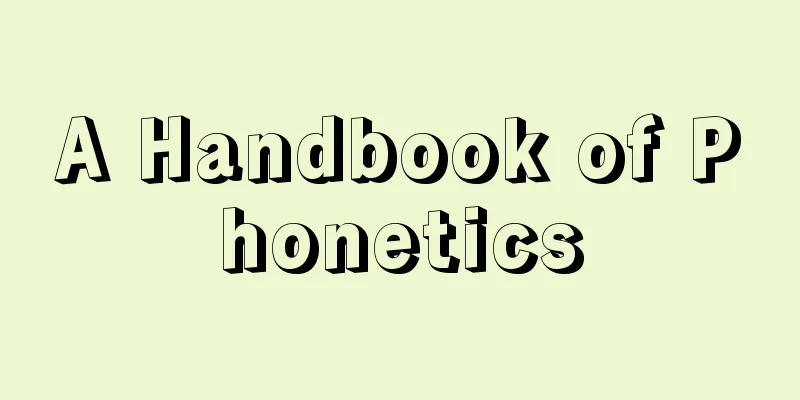


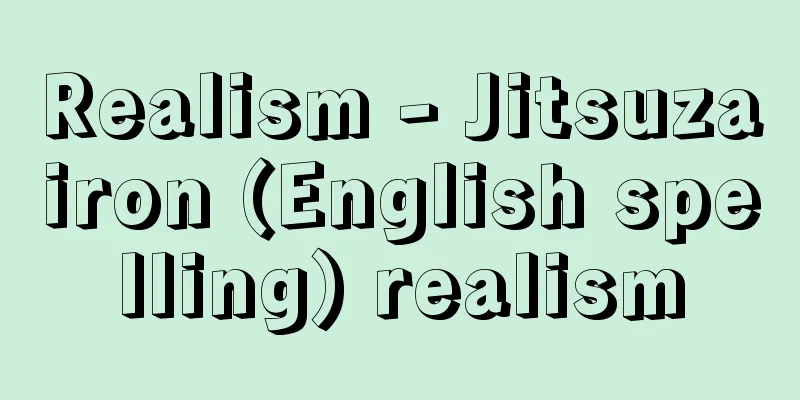
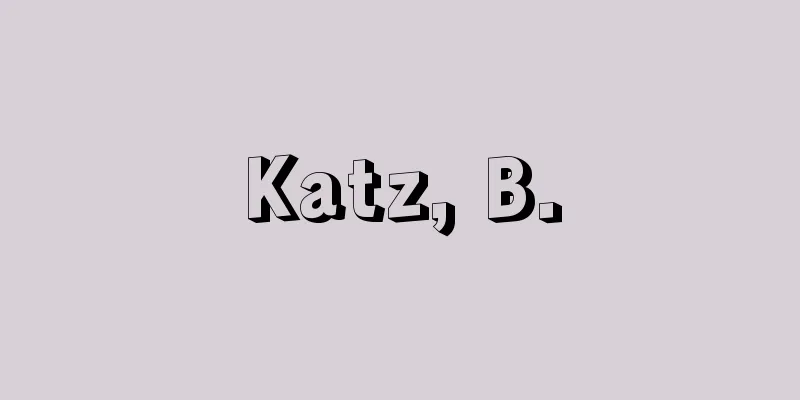



![Echizen [town] - Echizen](/upload/images/67cb07792b5fc.webp)
